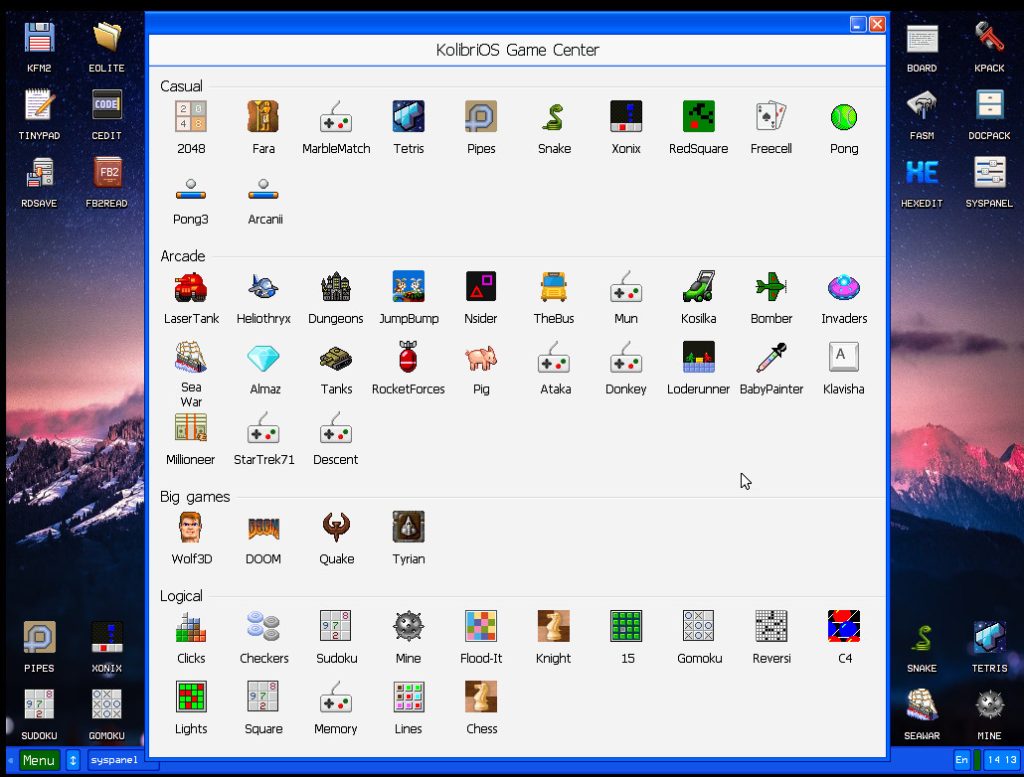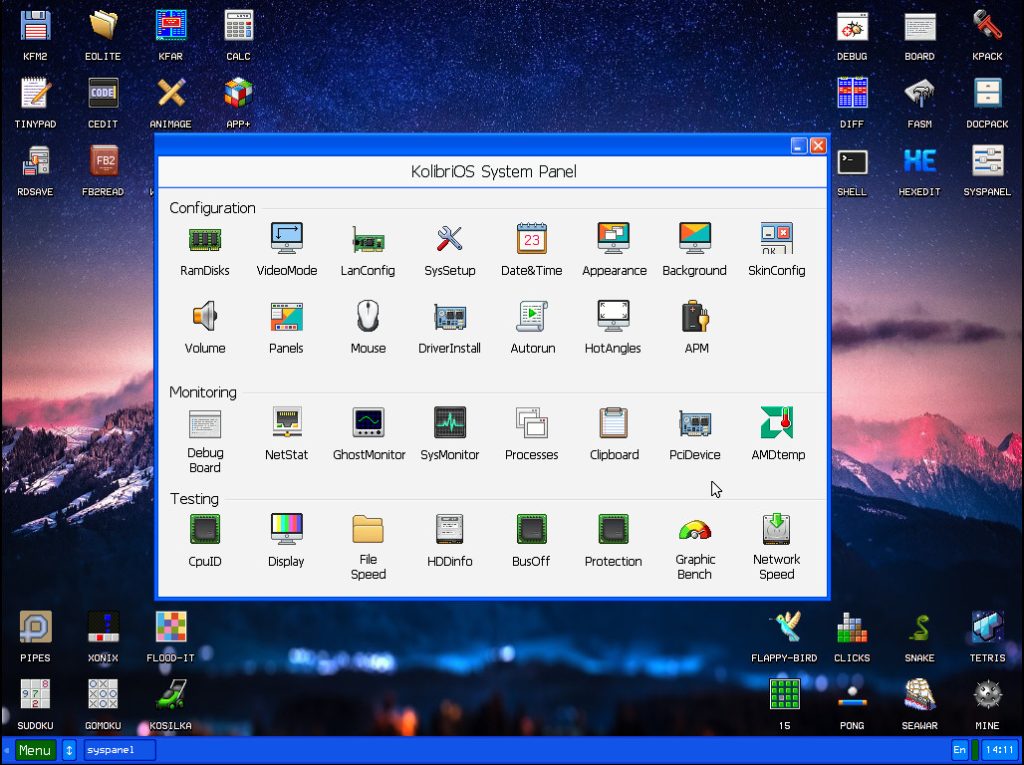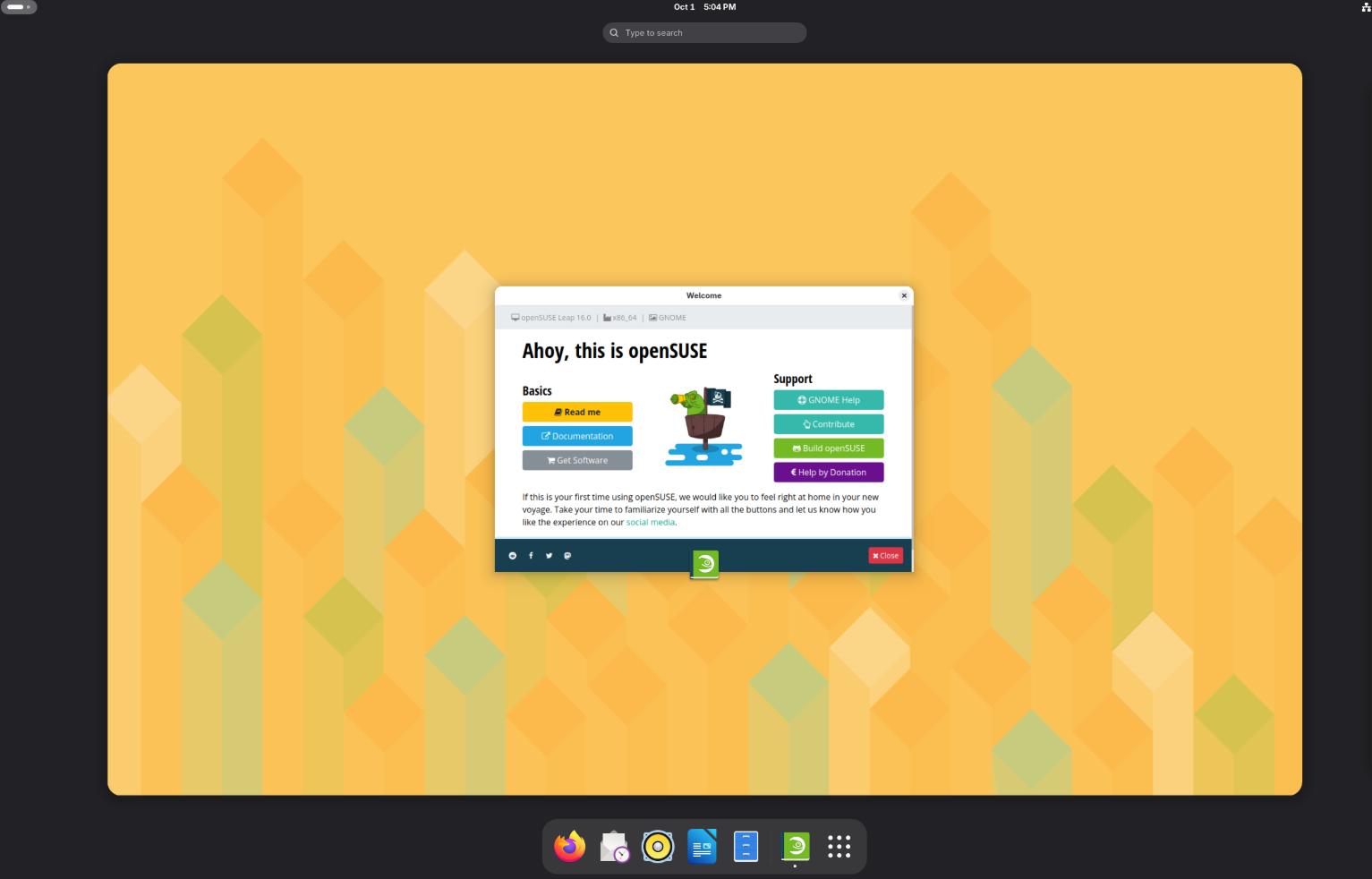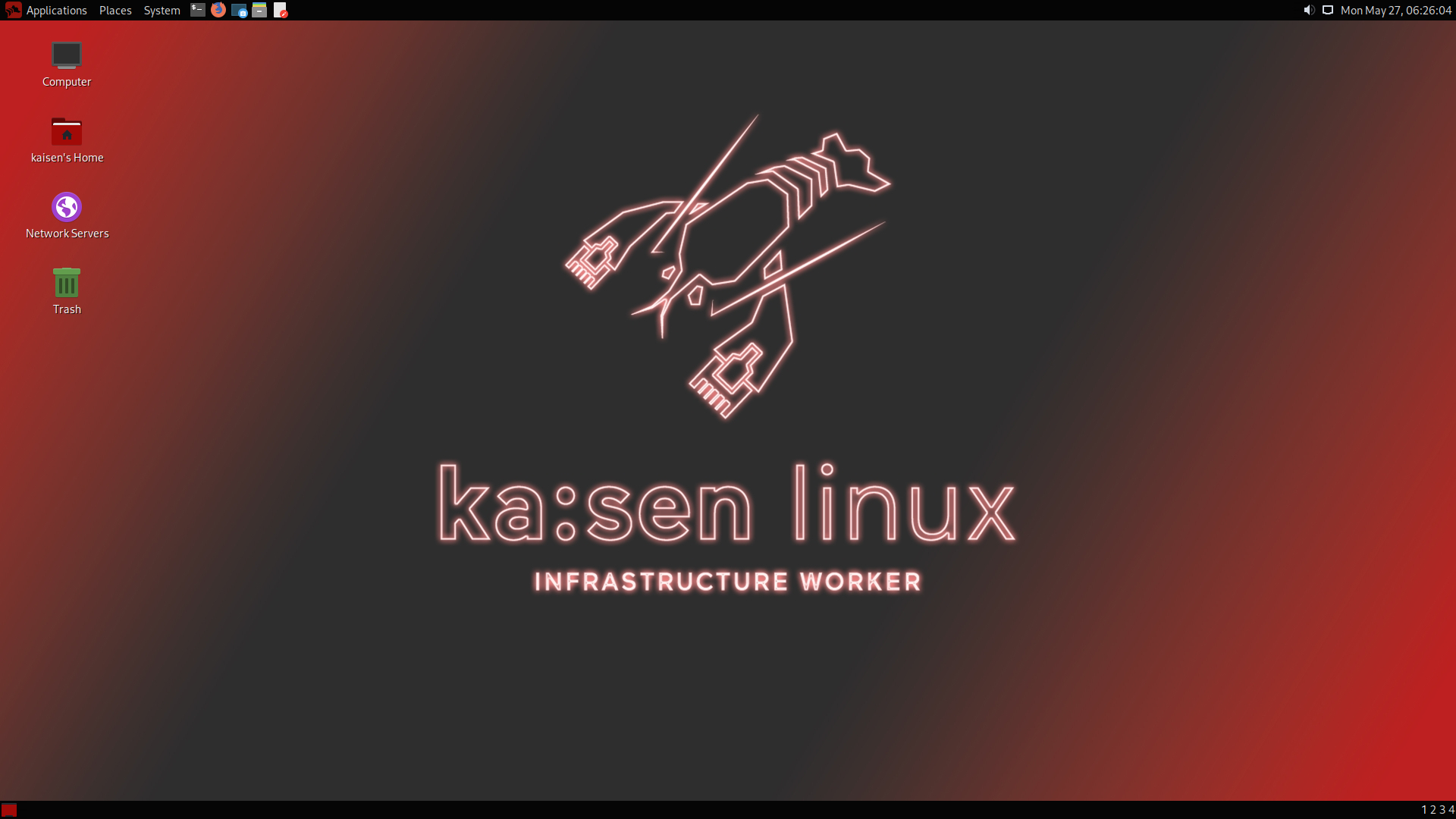In the vast landscape of operating systems, where giants like Windows and Linux dominate, a small yet remarkable player has emerged – KolibriOS. Despite its modest size, KolibriOS packs a punch, offering a unique combination of speed, efficiency, and functionality. Let’s delve into the world of KolibriOS, exploring its features, origins, and the reasons behind its exceptional performance.
The Essence of KolibriOS
KolibriOS distinguishes itself by being an extraordinarily lightweight operating system. Boasting an incredibly small footprint, it requires only a few megabytes of disk space and a mere 8MB of RAM to operate efficiently. This minimalistic approach allows KolibriOS to offer a fast and responsive user experience, making it an attractive option for those seeking quick and nimble computing.
Feature-Rich Applications
Despite its small size, KolibriOS doesn’t compromise on functionality. The operating system comes equipped with a rich set of applications, including a word processor, image viewer, graphical editor, web browser, and an impressive collection of over 30 games. This diverse range of tools ensures that users have the essentials at their fingertips, making KolibriOS a versatile solution for various computing needs.

File System Support:
KolibriOS stands out with its comprehensive file system support. With full FAT12/16/32 implementation, it also offers read-only support for NTFS, exFAT, ISO9660, and Ext2/3/4. This broad compatibility enhances the system’s usability, enabling users to work seamlessly with different file systems.
Efficient Drivers:
To ensure a smooth user experience, KolibriOS comes with drivers written for popular sound, network, and graphics cards. This driver support contributes to the system’s efficiency, allowing users to connect and utilize their hardware without unnecessary complications.

Blazing Speed and Instantaneous Boot:
One of the most notable features of KolibriOS is its speed. From power-on to a fully functional GUI, the system can boot in a matter of seconds. Applications start almost instantly after clicking an icon, providing a user experience free from the delays often associated with larger operating systems. This speed is attributed to the fact that the core components of KolibriOS, including the kernel and drivers, are written entirely in FASM assembly language.
Open-Source Philosophy:
KolibriOS has its roots in MenuetOS, forking off in 2004 and evolving under independent development ever since. The project adheres to an open-source philosophy, with the majority of its code released under the GPLv2 license. This commitment to openness encourages collaboration and allows developers to contribute to the continual improvement of the operating system.
Conclusion:
In the realm of operating systems, KolibriOS stands out as a lightweight powerhouse, offering a blend of speed, efficiency, and functionality. Its compact size, feature-rich applications, broad file system support, and open-source ethos make it an intriguing option for those seeking an alternative to more resource-intensive operating systems. As we continue to witness technological advancements, KolibriOS serves as a reminder that innovation can emerge from even the smallest of platforms.
openSUSE 16 Leap 2025: A New Chapter in Stability and Innovation
openSUSE 16 has opened a bold new chapter with its latest Leap release, inviting users into a future…
FydeOS 21: A Modern Chromium OS Alternative for Everyday Computing
FydeOS has gained attention as one of the most polished alternatives to Google’s ChromeOS. Built on …
Kaisen Linux Discontinued: Developer Ends Project After 5 Years
Just weeks after Intel announced the termination of its Clear Linux OS, another specialized Linux di…


